The Commander of the Order of the British Empire (CBE) is one of the most prestigious awards by the UK government, given to individuals who have made great contributions to the arts and sciences, work with charitable and welfare organisations, and public service outside of the civil service. This year, designer Tom Dixon became a CBE. It is the second Order he has been given, after the Office of the Order of the British Empire (OBE) in 2001 (the Order has five ranks).
The CBE recognises the influence of Dixon’s work through his eponymous brand that, since being founded in 2002, has pushed boundaries in both manufacturing and design. The ‘accidental designer’ came into his own by way of experimentation, curiosity, and marching to the beat of his own drum. From young, he dabbled in artistic ventures, including several years as a bass guitarist in disco band Funkapolitan, which taught him valuable lessons in independence and creative improvisation.
In Singapore for the launch of a new standalone section in design store XTRA, we sat down with Dixon to dig deeper into some of his iconic products, old and new.
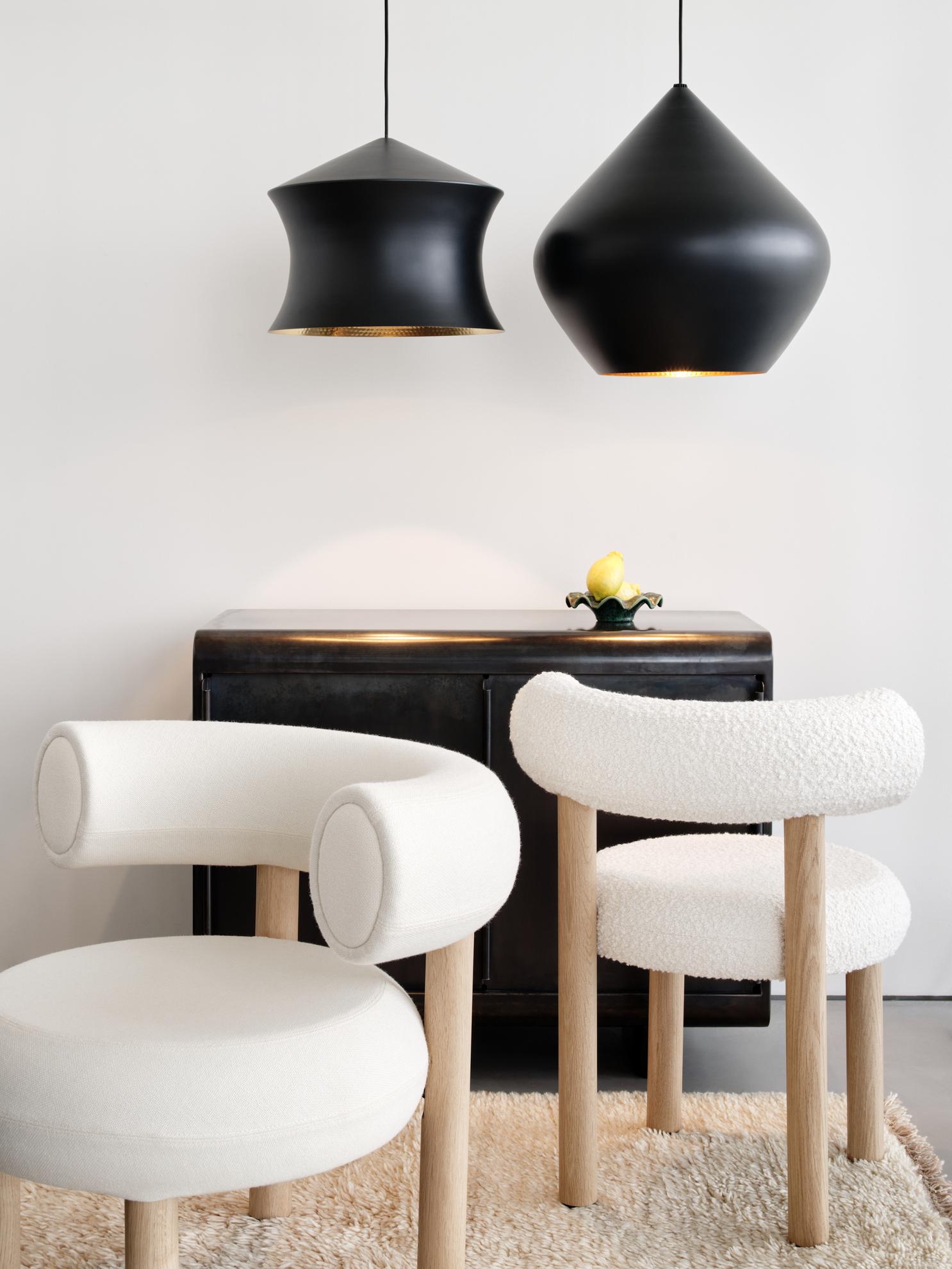
Beat Collection
“Beat was for a non-profit educational project I was doing at the British Council. I was asked if I could go and work with street metal workers in Jaipur and Lagos to see if I could find some new typologies for them to work on because they were gradually losing their skills, as everybody was buying industrial rather than handmade artefacts.
The locals were making water vessels carried by women on their heads to go down to the well [to get drinking water]. They were made of copper because it is hypoallergenic. I love these shapes; I love the technique. That was how we came up with Beat.”
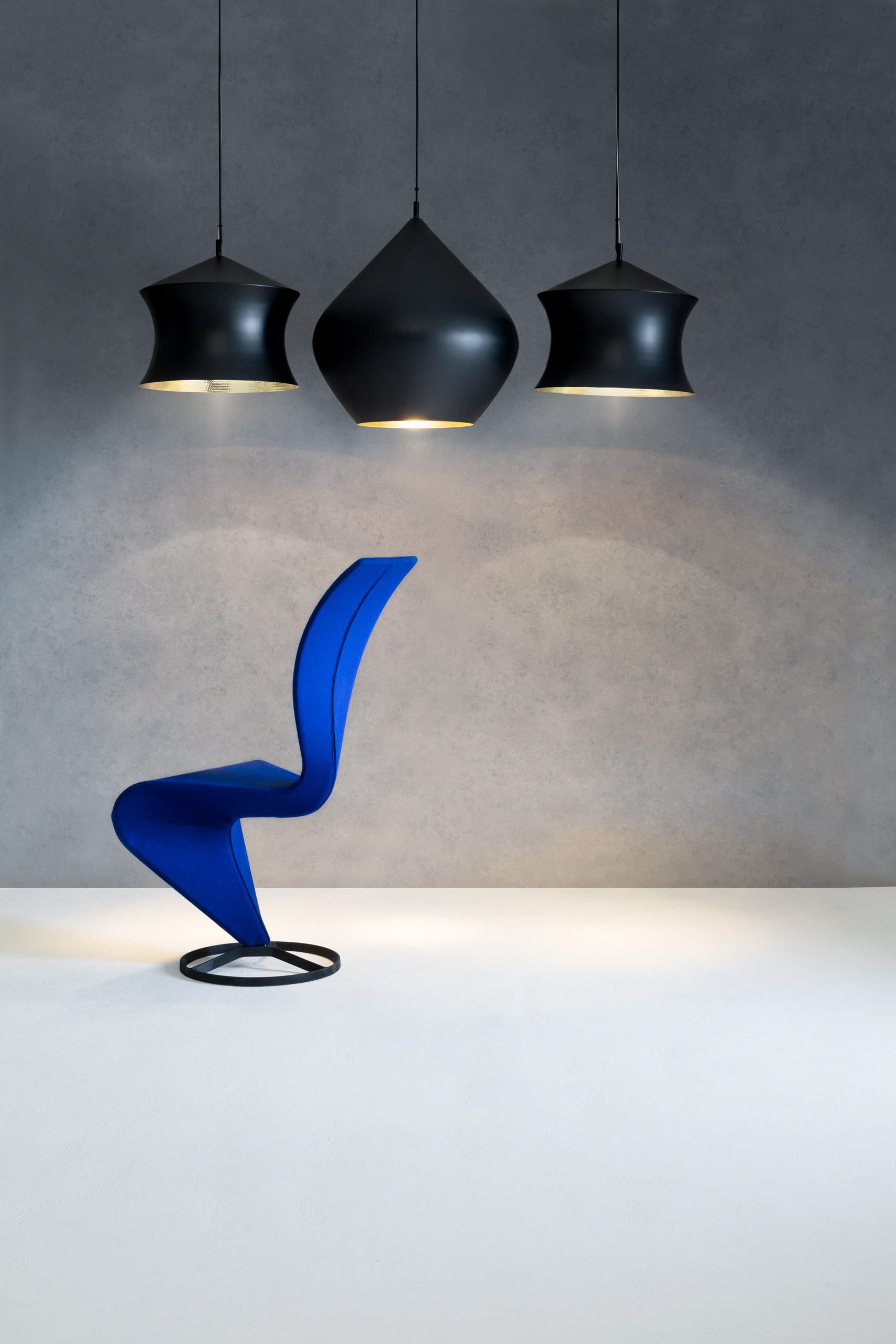
The S Chair
“The S Chair was part of our origin story. The early version was made from the steering wheel of a car and the tube from a car tyre, cut up in strips and wrapped around the frame. It was very much a recycled object. I was making a lot of really scrappy bits of furniture out of found, free material when I first started.
It was really comfortable. It just still smelt of rubber and you couldn’t sit on it with white trousers on! Then Cappellini came along and did a much sleeker version, which gave me an entry into the proper design world. It ended up in the Museum of Modern Art (MoMA) in New York. Cappellini did new versions so there are some really nice ones out there in different materials.”
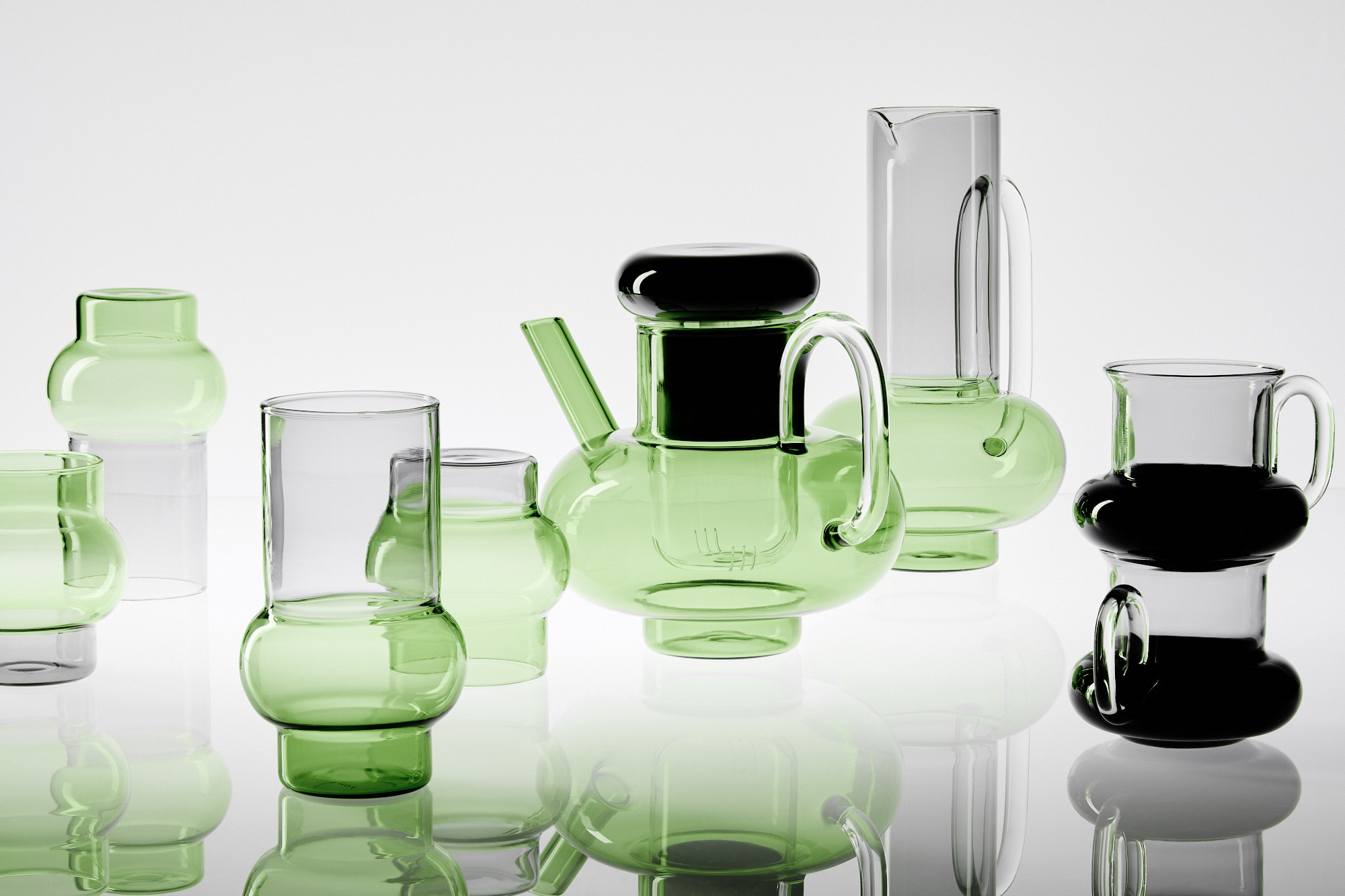
Bump Tableware
“Before I had my job at Habitat [first as Head of Design, then later Creative Director in the late-90s], I came across this maker of scientific instruments, made with a glass called borosilicate. You buy it in a tube and then you manipulate [the shape] so it’s relatively low tech and fast to make things with. It’s very different from glass blowing that requires a massive kiln.
I had made a flower vase using this technique. So in Bump, I revisited that. I like herbal teas and the different layers – you have to have the infuser, cover, cup, and all the different bits and pieces for a tea ceremony. And I like the double layering that you can make with borosilicate, which provides good insulation as well. It’s a really pretty glass to use because it’s very fine compared to mouth-blown glass.”
(Related: Transform spaces with Tom Dixon's Melt Collection)
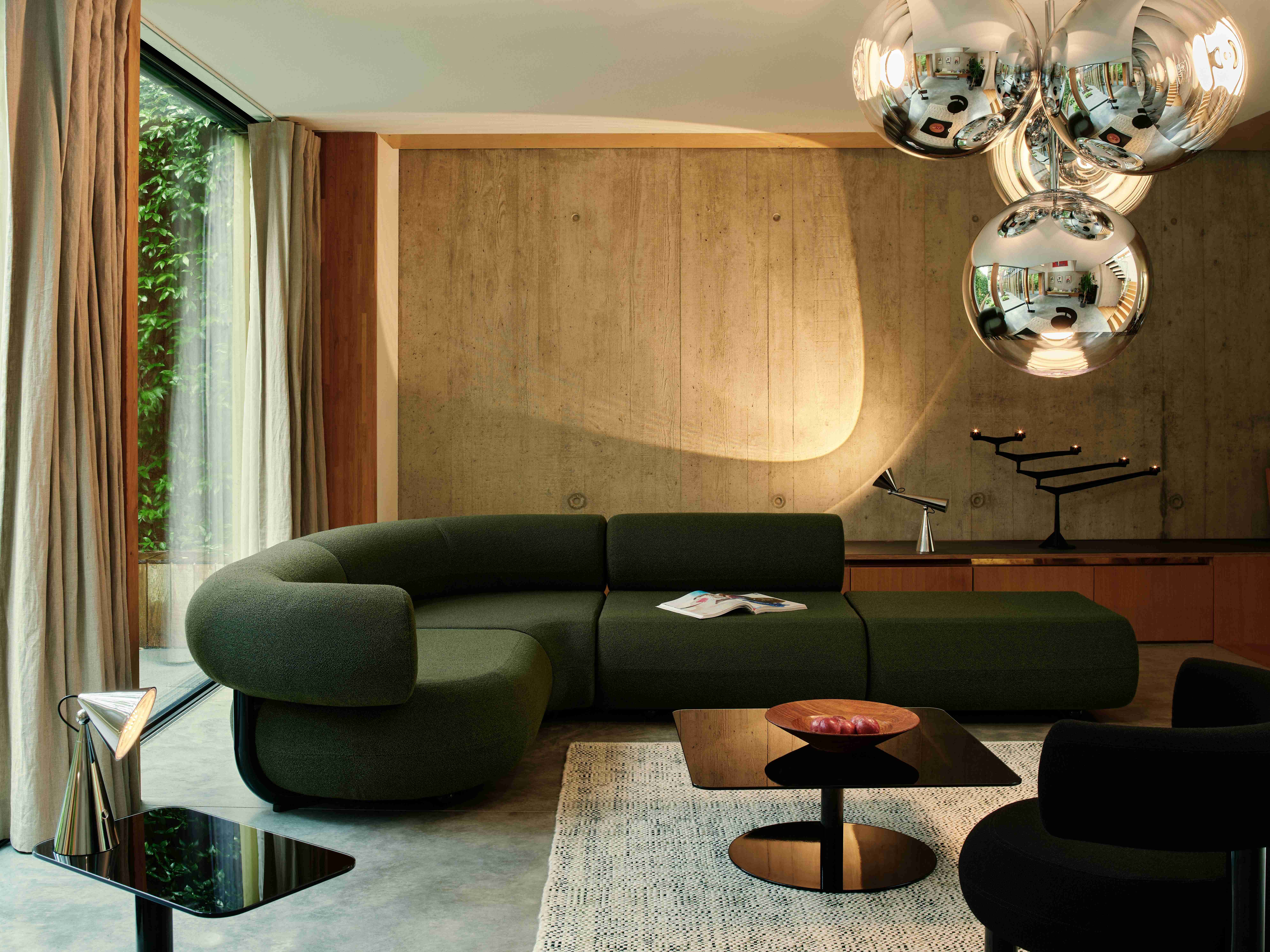
The Fat Chair
[Fat was inspired by the sofa with a conjoined opposite-facing sides], called a loveseat in English. In French, it’s called a causeuse (meaning ‘to chat’). Sitting back-to-back like that is nicer than sitting side by side if you want to have a conversation with someone more intimately. That got me thinking about the way people interact now. Traditional sofas are part of the old world where you shove it against the wall in your room and look at the television. But the reality of modern life is that everybody is doing something different on the sofa; one person is doing his homework on the iPad, another is doing Internet shopping [on his mobile phone], and a third person is watching a movie.
They still want to be together, but they don't need to sit in a row looking at the same thing. Just like in the kitchen where the kitchen counter moves away from the wall and becomes an island so everyone can participate, the sofa can do a similar thing – to allow you to ‘misuse’ it and sit in lots of different positions but also turn and face different directions.”

Groove Outdoor Furniture
“At Milan Design Week 2012, I had an [exhibition] about the future of manufacturing. I was obsessed with this idea that you could now make objects from your laptop. We had a TRUMPF machine, doing what used to require hundreds of different machines, but that was more compact and cleaner than a metalwork factory. We did a pop-up restaurant in a former monastery [housing Milan’s Museum of Science and Technology] using galvanised metal chairs made with the machine.
It was not really comfortable, but I learnt a lot about this way of making thin sheets of metal rigid, which is to put grooves in the metal to try to stiffen them; I also kind of liked the decorative effect. Five years later, we [tried that with] aluminium, which was lighter than galvanised steel, but it was super expensive because it needed a very high-tech manufacturing technique called superforming.
Although the Groove chair only took us a year to get into production, it was really a result of ten years of experimenting with metal. The pressing is a lot smaller so we could use conventional pressing. Making it comfortable was really about reducing the depth of the grooves and increasing the number of grooves. Have you tried it? It’s very comfortable.”













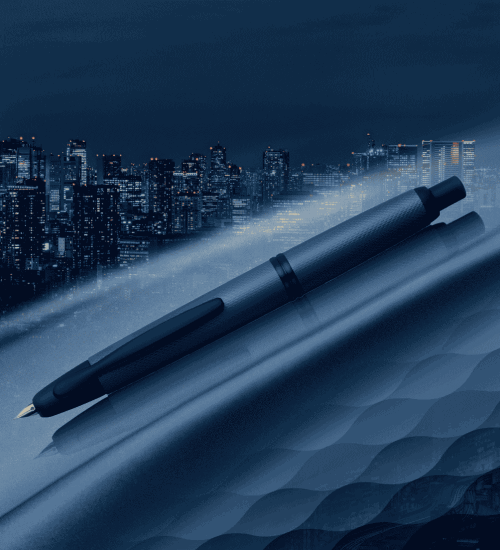

-NAC Facade L2.jpg&w=500&h=550&crop-to-fit)
 Back
Back
